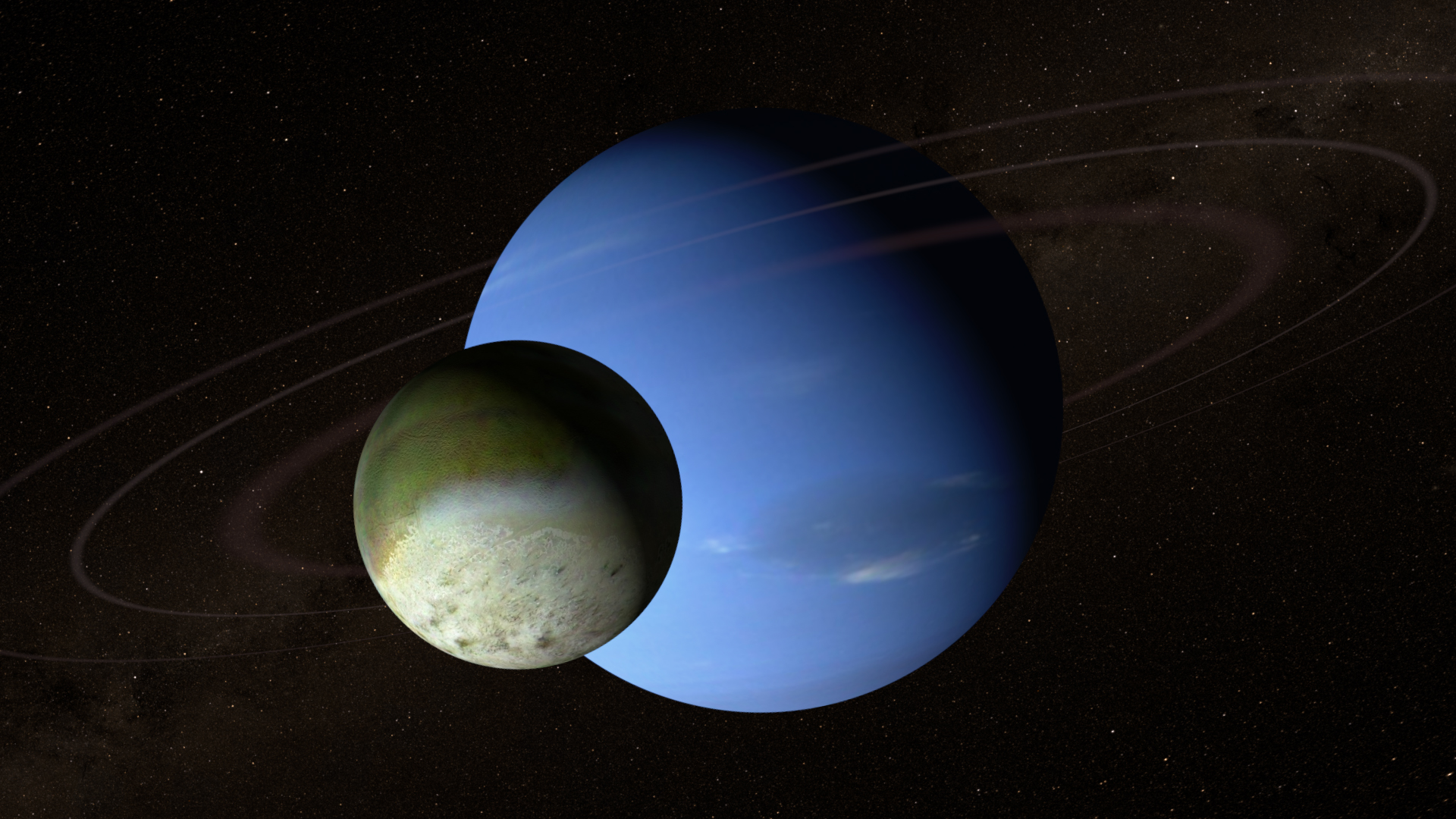Finding New Worlds

Explore how future space missions will search for planets—and even asteroids and moons—around distant stars.
Astronomers have used many different methods to discover planets beyond the solar system, but the most successful by far is transit photometry, which measures changes in a star's brightness caused by a mini-eclipse. When a planet crosses in front of its star along our line of sight, it blocks some of the star's light. If the dimming lasts for a set amount of time and occurs at regular intervals, it likely means an exoplanet is passing in front of, or transiting, the star once every orbital period. NASA’s Kepler Space Telescope has used this technique to become the most successful planet-hunting spacecraft to date, with more than a thousand established discoveries and many more awaiting confirmation. Employing this same technique, upcoming missions carrying improved technology will continue the search for new worlds—including possible moons, planetary rings and asteroid groups—by monitoring hundreds of thousands of nearby stars for telltale transits. Watch the video to learn more.
Learn more about how astronomers observe changes in a star’s brightness to discover new worlds in this video.

Astronomers can tell how big a planet is in proportion to its star by the amount of dimming the planet causes during its transit.

Since its launch in 2009, Kepler has found more than 1,000 confirmed exoplanets by observing dips in the light emitted by stars.

NASA's TESS satellite, scheduled to launch by 2018, will be the first-ever spaceborne mission to survey the entire sky for transiting planets.
For More Information
See NASA.gov
Credits
Please give credit for this item to:
NASA's Goddard Space Flight Center
TESS image courtesy of MIT/Lincoln Laboratory
-
Writer
- Francis Reddy (Syneren Technologies)
-
Producer
- Scott Wiessinger (USRA)
-
Animator
- Scott Wiessinger (USRA)
-
Video editor
- Scott Wiessinger (USRA)
-
Scientist
- Daniel Angerhausen (ORAU)
-
Interviewee
- Daniel Angerhausen (ORAU)
-
Narrator
- Scott Wiessinger (USRA)
-
Narration
- Scott Wiessinger (USRA)
- Francis Reddy (Syneren Technologies)
Release date
This page was originally published on Thursday, November 5, 2015.
This page was last updated on Wednesday, May 3, 2023 at 1:49 PM EDT.

